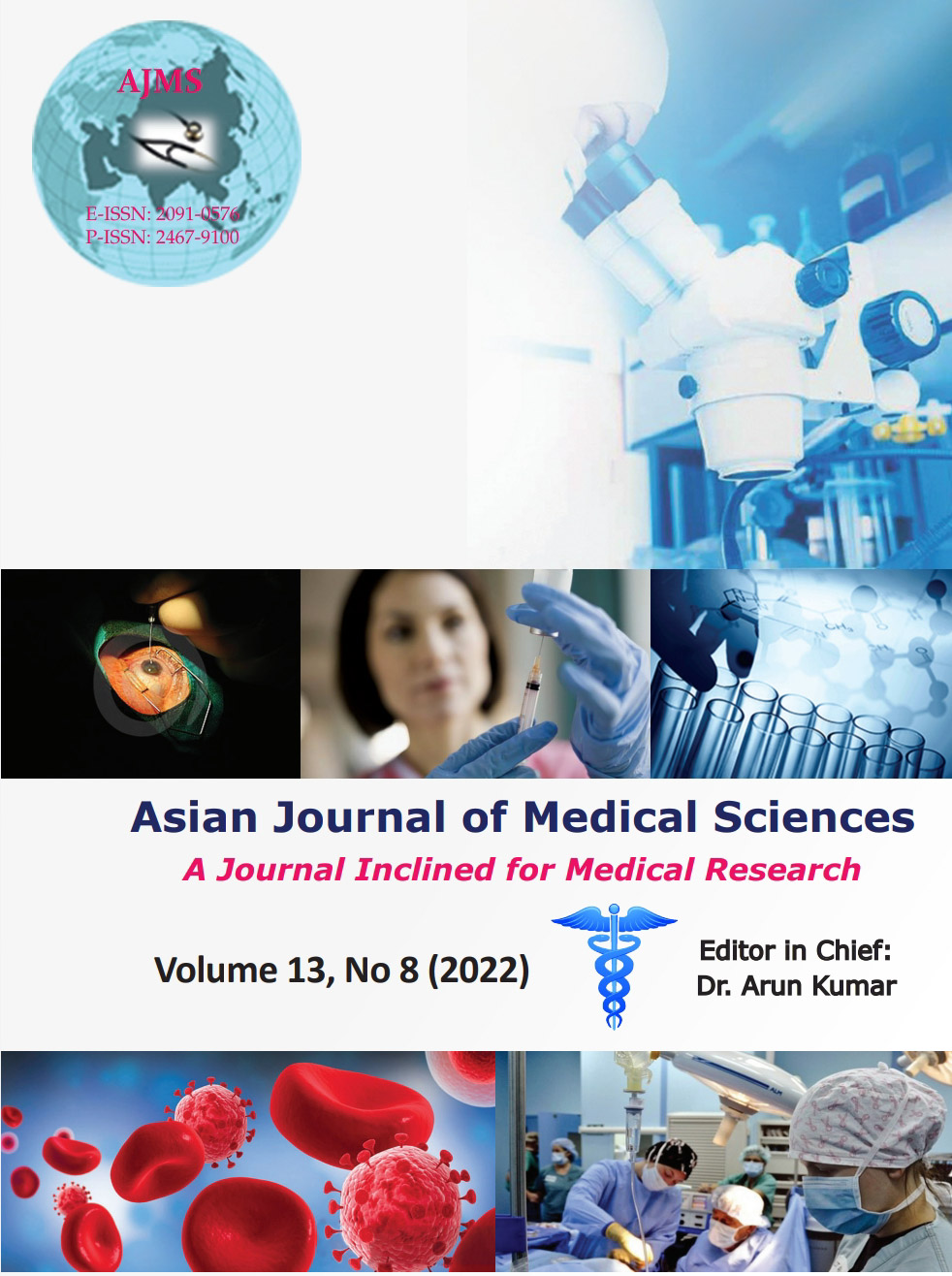Sonoelastographic evaluation of plantar fascia in patients with plantar fasciitis: A case–control study
Keywords:
Elasticity imaging techniques; Fasciitis; Plantar; Sonoelastography; UltrasonographyAbstract
Background: Plantar fascitis causes heel pain and the thickened fascia has specific morphological features that can be utilized for early diagnosis through sonoelastographic evaluation.
Aims and Objectives: This case–control study was conducted to find out the role of sonoelastography in the diagnosis of plantar fasciitis (PF).
Materials and Methods: A case–control study was conducted in the department of radiodiagnosis in a teaching medical college. Thirty
clinically diagnosed PF patients and thirty controls were recruited based on selection criteria. Shear wave elastography (SWE) was done for all participants and the thickness of plantar fascia and strain ratio was compared between the groups. Plantar fascia thickness (mm) and elasticity (stain ratio) were considered as the primary outcome variable. coGuide software was used for data analysis.
Results: The mean age of the cases was 46.73±16.92 years and controls was 47.5±16.1 years. There was no statistical difference observed between cases and controls in age, sex, and body mass index. There was a statistically significant difference in thickness of the plantar fascia (P<0.001) between cases (4.18±0.77 mm) and controls (3.33±0.71 mm). The difference in strain ratio between study groups was statistically significant (P<0.001). The strain ratio had excellent predictive validity with the area under the curve of 0.929 (P<0.001). Data were analyzed using co-Guide software, V.1.03.
Conclusion: Ultrasound elastography can detect the thickening of the plantar fascia and strain ratio has excellent predictive validity in predicting PF.
Downloads
Downloads
Published
How to Cite
Issue
Section
License
Copyright (c) 2022 Asian Journal of Medical Sciences

This work is licensed under a Creative Commons Attribution-NonCommercial 4.0 International License.
Authors who publish with this journal agree to the following terms:
- The journal holds copyright and publishes the work under a Creative Commons CC-BY-NC license that permits use, distribution and reprduction in any medium, provided the original work is properly cited and is not used for commercial purposes. The journal should be recognised as the original publisher of this work.
- Authors are able to enter into separate, additional contractual arrangements for the non-exclusive distribution of the journal's published version of the work (e.g., post it to an institutional repository or publish it in a book), with an acknowledgement of its initial publication in this journal.
- Authors are permitted and encouraged to post their work online (e.g., in institutional repositories or on their website) prior to and during the submission process, as it can lead to productive exchanges, as well as earlier and greater citation of published work (See The Effect of Open Access).




